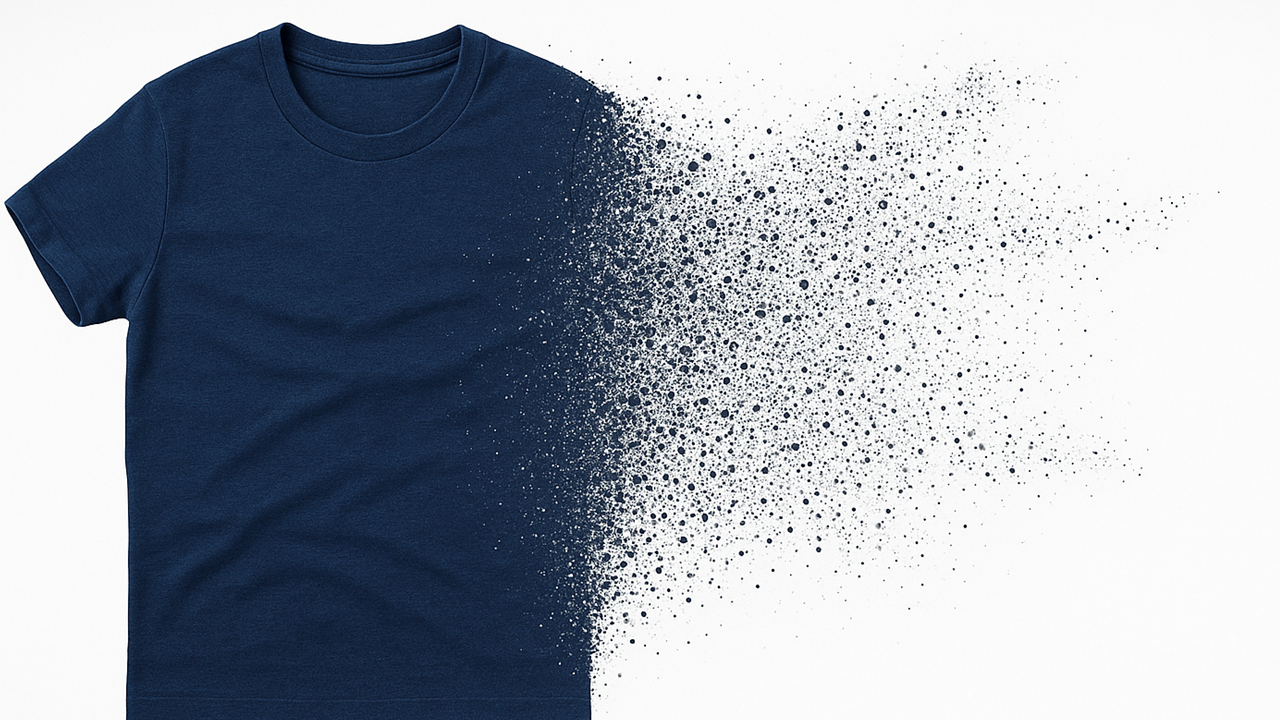The textile industry has long been a contributor to environmental pollution, especially due to microfiber shedding. As the use of synthetic fibers continues to rise, the impact on the environment has become more pronounced. Livinguard Technologies is tackling this issue head-on with its Better Fresh technology, which not only helps reduce fiber fragmentation by up to 80%, but also provides a major benefit in odor control.
This new technology offers a dual solution. On one hand, it provides excellent odor control, a highly valued feature for consumers. On the other hand, it significantly reduces microfiber shedding, helping to lower the environmental impact of textiles. The effectiveness of the technology has been validated both internally and by independent labs.
Livinguard’s R&D efforts over the past 15 years have led to the creation of a proprietary blend of chemistry that powers this technology. The company has rigorously tested the solution for performance, safety, environmental impact, and compliance with industry standards.
Livinguard unveiled this new technology at two major events—the Functional Fabric Fair in New York City and the Functional Textiles event in Shanghai. Ongoing validation activities are being conducted with partners in academia, external laboratories, and pilot customers from around the world.
Livinguard’s Better Fresh technology could play a significant role in addressing microfiber pollution. By improving the design of low-shedding fabrics, it can contribute to sustainable practices across the apparel industry. With its ability to work seamlessly with existing production equipment and supply chains, it holds the potential to become a key solution in the battle against textile pollution.
